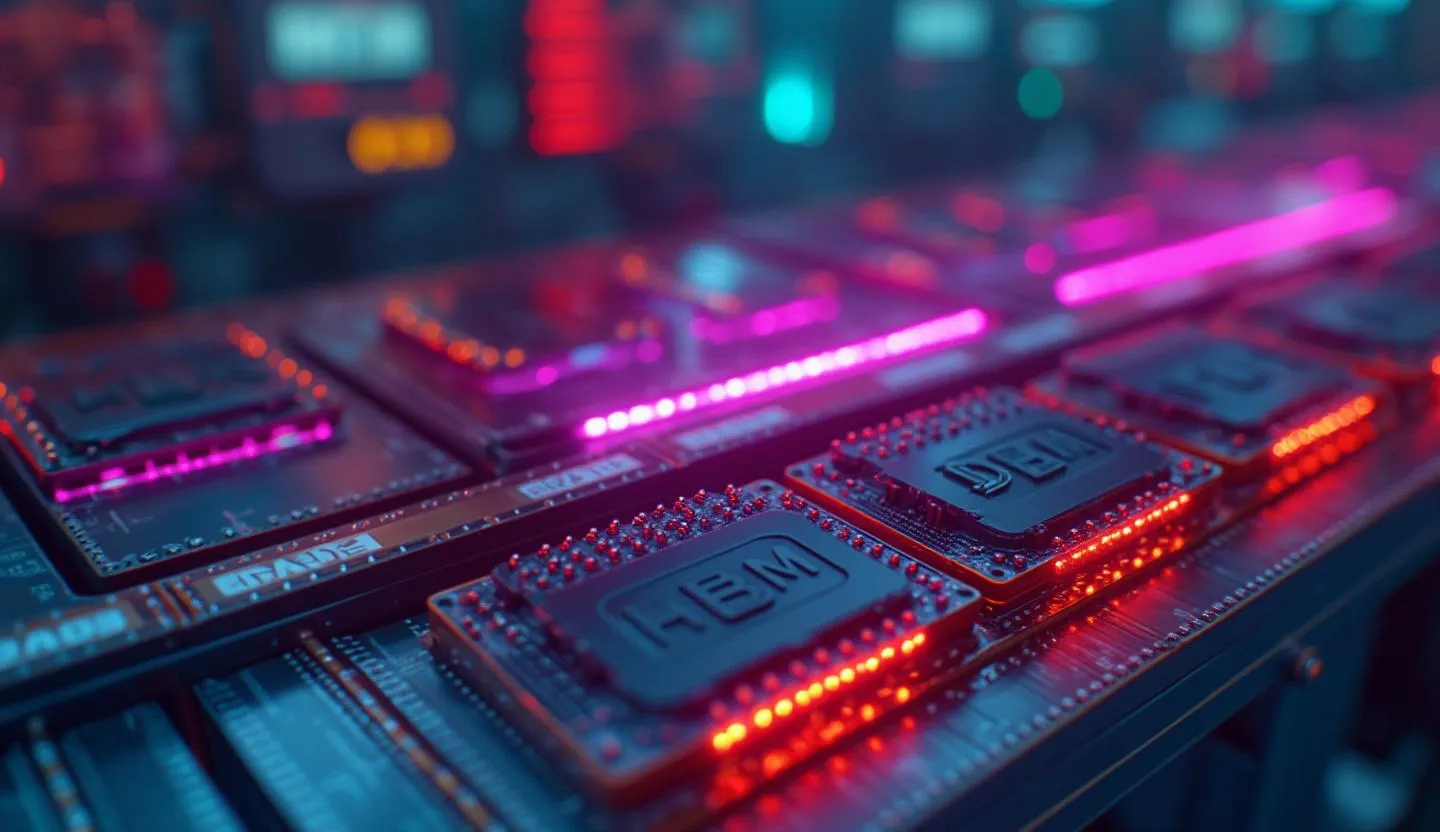The Ripple Effect: Intel’s Unprecedented Drop Stands Out in the Tech Sector
In today’s volatile session, few moves have captured the market’s attention like the sharp decline of Intel Corporation (INTC). As a global leader in semiconductor manufacturing and design, Intel has long been considered a bellwether for the technology sector. Yet, as of this afternoon, its shares have plummeted over 7%, outpacing even the broader tech sell-off and sparking urgent questions about the underlying drivers—and the broader implications for investors.
Intel’s significance cannot be overstated: its chips power everything from personal computers to data centers, making it a lynchpin in the digital economy. Today’s outsized move, however, reflects not only company-specific developments but also powerful macro and policy currents reshaping the entire industry.
Key Takeaways
Shares of Intel are down 7.03% to $23.51, with volume surging to 137,545,060—well above typical daily averages.
The selloff follows reports that the White House may seek equity stakes in major chipmakers, including Intel, as a condition for CHIPS Act grants.
Broader tech indices and peers—such as Nvidia, AMD, and Broadcom—are also under pressure, but Intel’s decline is the most pronounced among leading U.S. chipmakers.
No new analyst downgrades yet, but sentiment has turned sharply negative on today’s developments.
Intel’s Performance: A Closer Look at the Slide
Not Just Another Down Day
Intel’s 7% decline far exceeds the modest pullback in the S&P 500 and Nasdaq, marking it as the session’s standout laggard. At $23.51, INTC is trading well below its previous close of $25.31. The outsized volume—more than 137 million shares changing hands—signals that institutional investors are repositioning amid heightened uncertainty.
This abrupt move follows a period of relative stability, with Intel having recently stabilized after a series of competitive setbacks in high-performance and AI chips. Today’s sharp break lower thus represents a clear reversal in short-term momentum, raising questions about whether technical support levels will hold—or if further downside is possible.
Policy Shockwaves: The CHIPS Act and Market Fears
What’s Driving the Rout?
The catalyst for today’s selloff is a series of news reports suggesting that the Biden administration may demand equity stakes in companies receiving federal subsidies under the CHIPS Act. According to Forbes:
“Nvidia and Intel lead tech stock drop as White House reportedly seeks equity for CHIPS grants.”
The Nasdaq dropped nearly 290 points (1.3%) by around noon Tuesday, as shares of Nvidia (2%), Intel (7%), Palantir (5%), AMD (2%) and Broadcom led a broader tech selloff. Other firms, including Micron (5%), Tesla (3%), Amazon (2.1%), Apple (1.6%) and Microsoft (0.8%) also declined.
— Forbes, Aug 20, 2025
This policy shift introduces significant uncertainty. Investors worry that government equity stakes could dilute future earnings, complicate strategic decision-making, and potentially deter private investment. As the Wall Street Journal’s opinion column puts it:
“Hayek warned of the danger of government ownership stakes in major companies.”
— WSJ, Aug 20, 2025
The news has triggered a sector-wide rout, with Intel’s heavy reliance on government funding making it particularly vulnerable to such policy changes.
Analyst and Market Sentiment: A Rapid Shift
While no major analyst downgrades have been issued as of this writing, the sharp price action and volume suggest that institutional sentiment has soured. The Motley Fool highlights the market’s reaction:
"Shares of Intel (INTC -6.83%) are falling on Wednesday, down 7% as of 12:14 p.m. ET. The drop comes as the S&P 500 and Nasdaq Composite fell 0.4% and 1%, respectively."
— The Motley Fool, Aug 20, 2025
The absence of analyst action does not mean the coast is clear. In fact, the magnitude of today’s move may prompt imminent reviews of price targets and earnings forecasts if the policy uncertainty persists.
Contextualizing Intel’s Drop Within the Tech Landscape
Competitive Landscape and Strategic Challenges
Intel’s market dominance has been challenged in recent years by rivals like Nvidia and AMD, particularly in the fast-growing AI and advanced semiconductor segments. The company’s multi-billion-dollar investments in new fabs and technology partnerships are designed to reclaim its edge, but today’s policy news threatens to complicate those efforts.
Should the White House proceed with its reported plans, Intel may find itself forced to balance government oversight with the need for rapid innovation—an uneasy compromise in a sector where speed and agility are paramount.
Investor Implications: Volatility and Opportunity Ahead?
For long-term investors, today’s rout offers both a cautionary tale and a potential opportunity. Intel’s balance sheet remains strong, and the company’s strategic importance to U.S. supply chains could ensure ongoing support regardless of political headwinds. However, the specter of government equity stakes and the resulting uncertainty around capital allocation and shareholder returns could weigh on valuations in the near- to medium-term.
Looking Forward: Navigating Uncertainty in a Policy-Driven Market
Intel’s 7% decline stands as a stark reminder of how quickly sentiment can shift in response to geopolitical and policy risks. With volume surging and headlines swirling, investors must weigh the potential for further downside against the company’s long-term strategic significance.
For now, Intel remains the session’s most notable underperformer in the tech sector—a position driven as much by policy headlines as by fundamentals. As the market digests these developments, self-directed investors would be wise to monitor both Washington and Wall Street for further signals before making decisive moves.
Key Takeaways for Investors
Intel’s sharp decline reflects unique exposure to policy risk, not just sector weakness.
High trading volume suggests institutional repositioning; watch for follow-up analyst notes.
Investors should closely monitor policy developments around the CHIPS Act and any moves by the Biden administration before recalibrating their exposure to Intel or its peers.
In summary, today’s market action underscores the importance of staying nimble and informed in an environment where headlines can upend even the most established sector leaders.

.svg)
.svg)
.svg)
.svg)

.svg)

.svg)
















